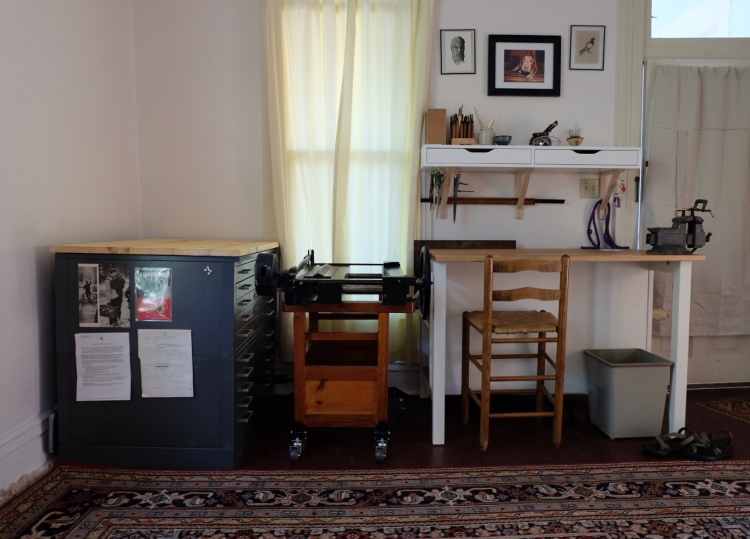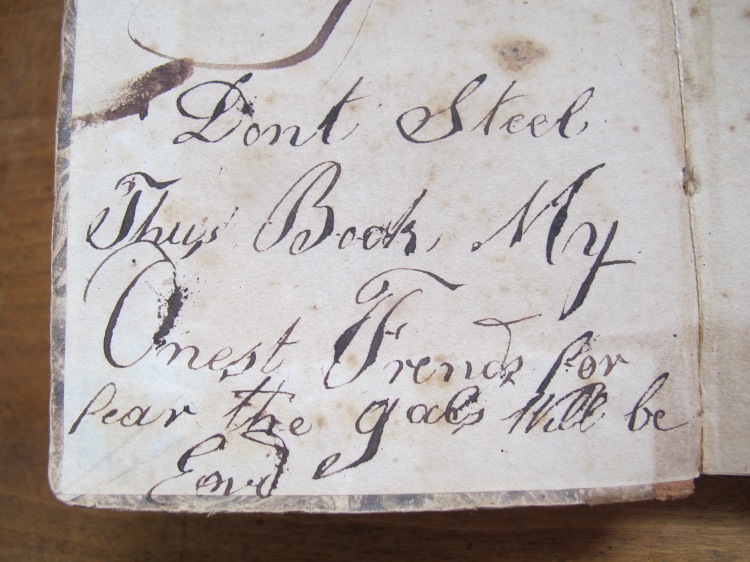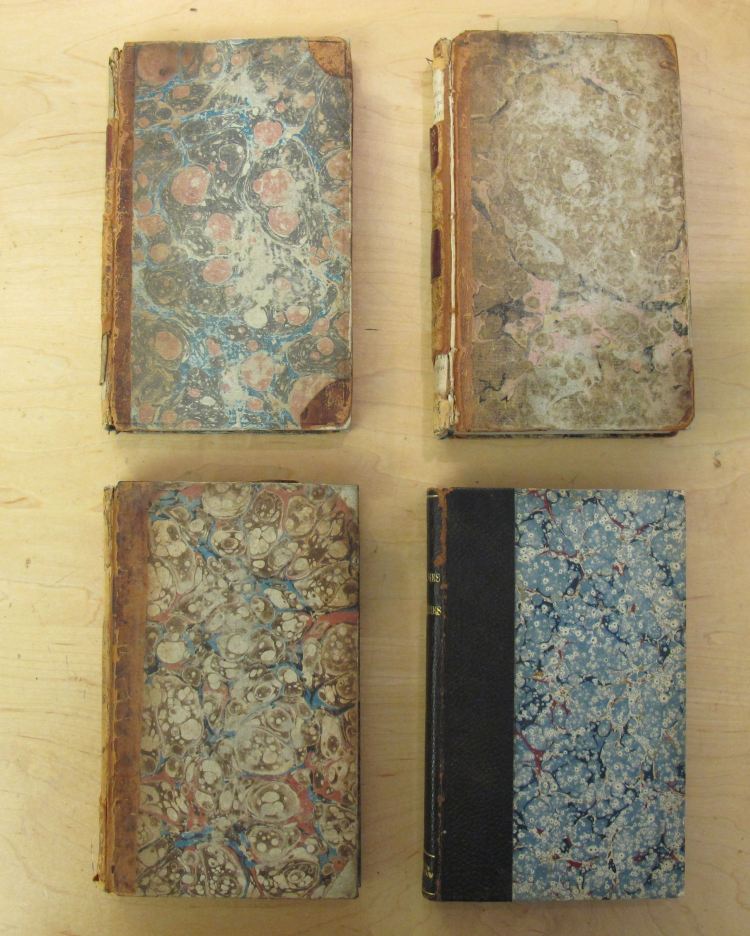Probably a very small number of you are wondering why I haven’t posted much the last few months. Well, aside from the distractions of Instagram (it’s a nasty habit), I’ve been working on a new site with an e-commerce platform that will allow me to peddle my humble wares, primarily consisting of commonplace books and hand tools for bookbinding and its related trades! (If you’re wondering what a commonplace book is, I bet you know what you have to do to find out…)
After about two months of red-eyed toil, I am ready to unleash it on the public and spend another few months fixing glitches. So without further ado I invite you to check out the new site http://www.beidlermade.com! Below is a screen shot of the home page, to whet your appetite.
Not to fear though. It is my hope that in the coming months I’ll be able to migrate Brienbeidler.com and Beidler Made and hopefully eventually ADD to the content from this site. Thanks for the support thus far, and feel free to bombard me with feedback about the new site – beware though, by doing so you’ll be betraying the fact that you either really like me or have absolutely nothing to do…



 The sturdiness and flexibility of the bone, ergonomic handle and 13 degree bevel angle all make it ideal for various lifting and scraping operations. Already I’ve used it to scrape a sale sticker off a desk lamp! I anticipate a revolution in the bone tool business very soon…
The sturdiness and flexibility of the bone, ergonomic handle and 13 degree bevel angle all make it ideal for various lifting and scraping operations. Already I’ve used it to scrape a sale sticker off a desk lamp! I anticipate a revolution in the bone tool business very soon…












